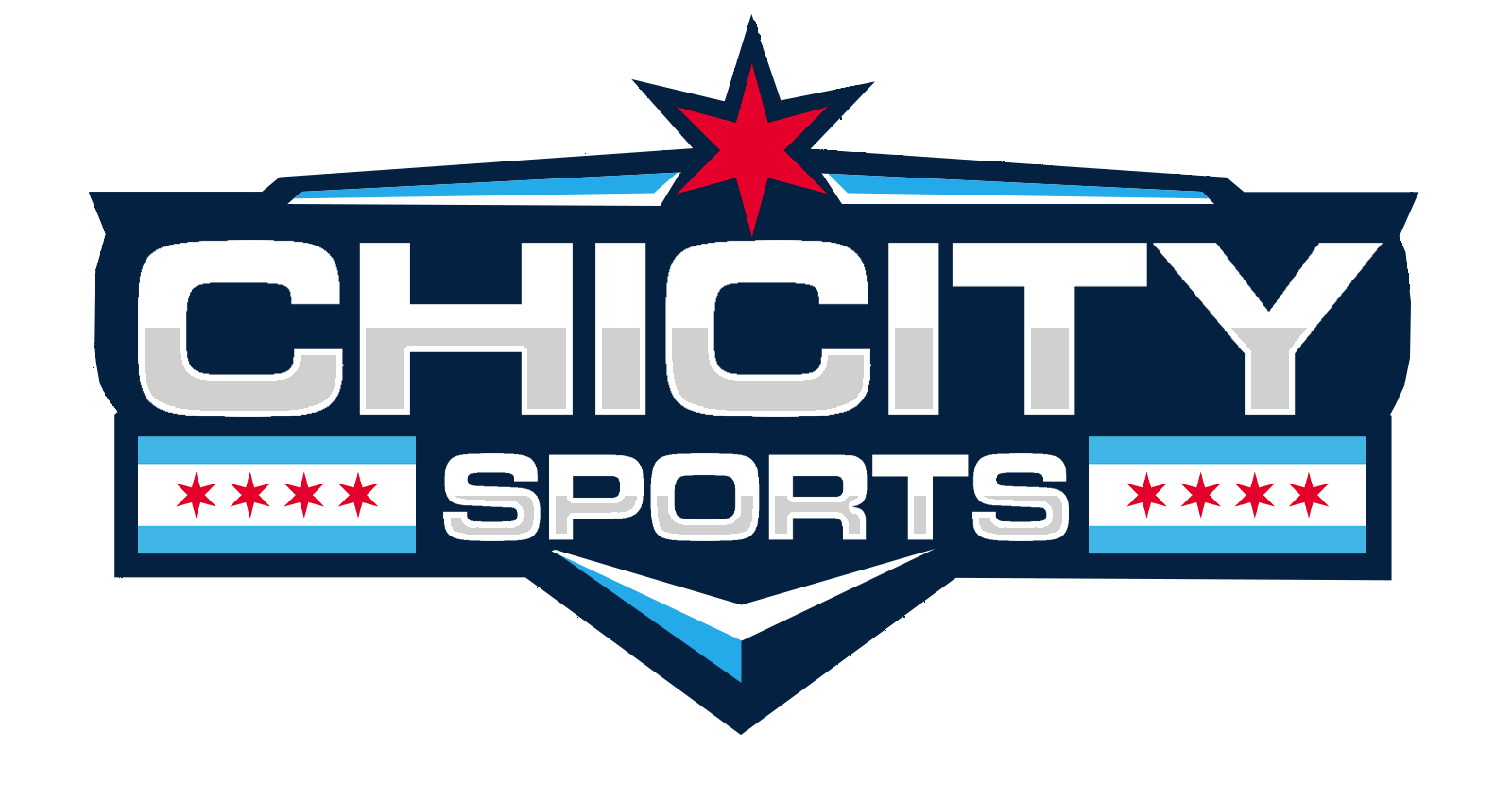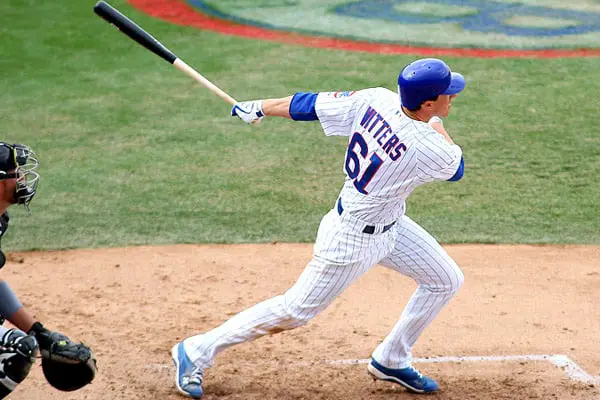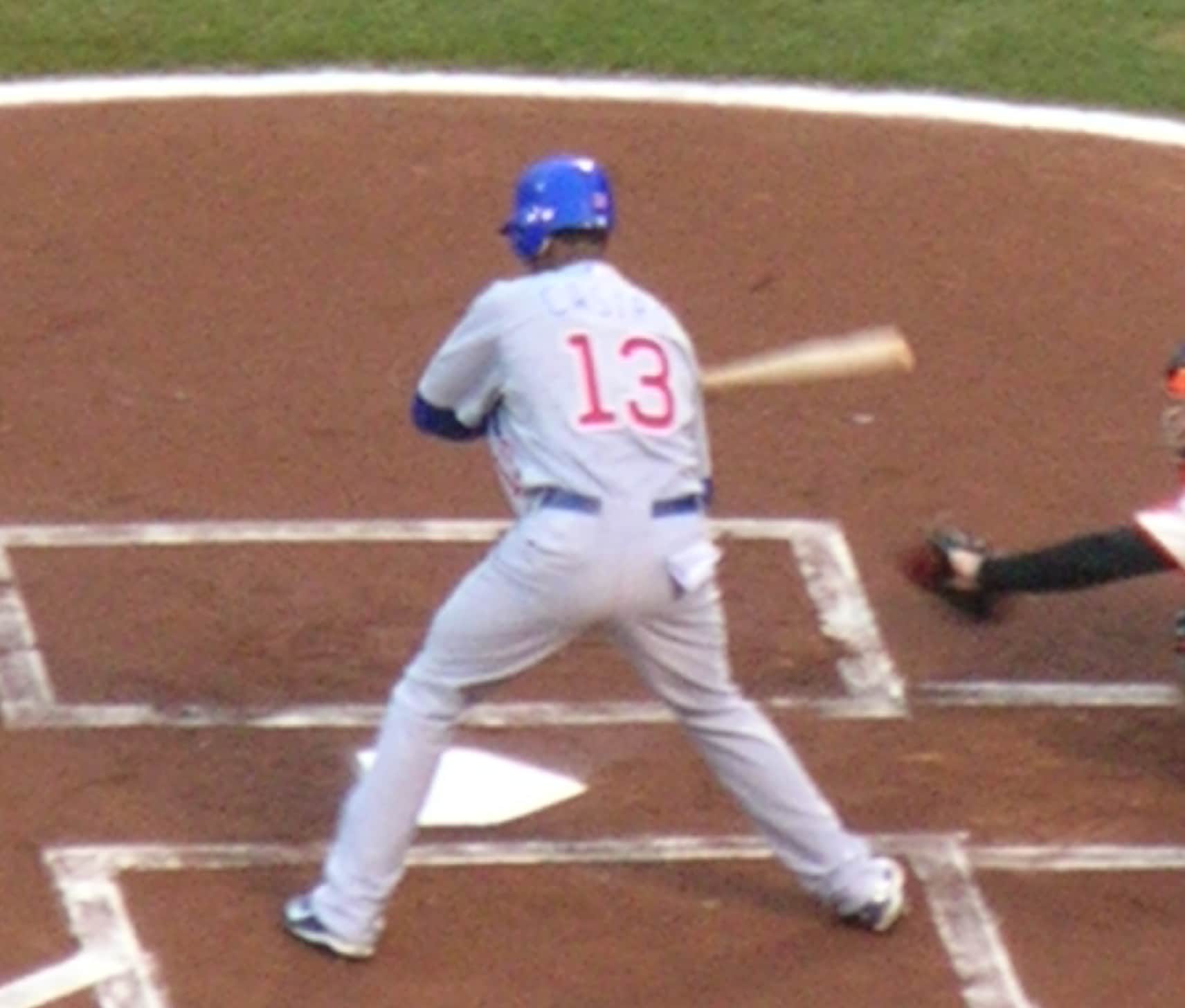When Theo Epstein and Jed Hoyer took over the baseball operations for the Cubs, they gave their whole disclaimer to Cubs fans about how the rebuilding process would take time and how they plan to build through the minor league system.
While the rebuilding process is still in action, Cubs fans will at least now get to see a large part of the team’s future at the MLB level, as highly regarded prospects Brett Jackson and Josh Vitters received calls to the Cubs yesterday.
This is big news for the Cubs franchise, as it signals the next step in the team’s rebuilding process: finding out if these highly touted guys are worth keeping.
Obviously, this means making a decision on whether Jackson and Vitters can indeed be a part of the Cubs the next time they have a chance at a long playoff run (presumably a few years down the road). However, it’s not just about Jackson and Vitters, it’s about how the young core of this team plays together.
The large part of the Cubs’ future roster is already here now if you take a look at it. Wellington Castillo is viewed as the team’s catcher of the future, Anthony Rizzo at first base, Starlin Castro at shortstop, Josh Vitters at third base, Brett Jackson in Center Field and apparently, Jeff Samardzija as one of the center pieces of the team’s starting rotation. Yes, there are guys still on the way, such as Matt Szczur, Jorge Soler, Junior Lake, Albert Almora and Javier Baez, but the hope is that this young core currently on the MLB roster can thrive, and the prospects on the way can put the team over the top when they arrive.
That’s what this stage, for this season and the rest of next season, is all about: can this young core currently on the team click together? Does it make a winning formula?
Although the Cubs did draft a lot of pitching this season after Almora, the large part of this team’s young core is made up of position players. Over the next few years, the Cubs hope should be that this group shows promise at the plate so the team can turn its focus in free agency to acquire starting pitching. With this young core now at the forefront of the organization, Epstein and Hoyer need to spend the rest of 2012 and 2013 figuring out which of these young pieces at the MLB level work for the future and which ones do not.
So now, the 2012 Cubs just got a whole lot more interesting. At the beginning, they were just a bad baseball team filled with veterans who don’t figure to be a part of the future. Now, however, a large part of the future is here, and it’s time for the Cubs to turn the page to the next part of their long rebuilding process.
For More Great Chicago Sports Content
Get the latest Chicago sports news, analysis, and breaking stories on the Bears, Bulls, Blackhawks, Cubs, White Sox, Sky, and more! Tap the star to add us to your favorites on Google News, so you never miss a story on your favorite Chicago teams.
Follow us on Twitter at @chicitysports23 for more great content. We appreciate you taking time to read our articles. To interact more with our community and keep up to date on the latest in Chicago sports news, JOIN OUR FREE FACEBOOK GROUP by CLICKING HERE




